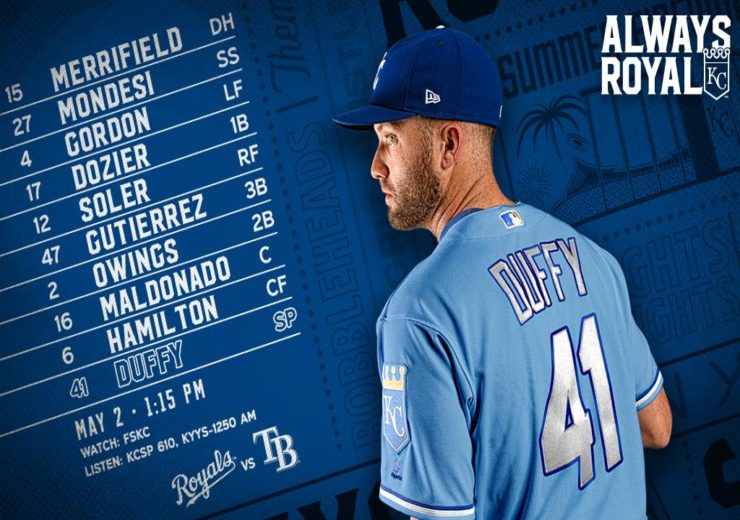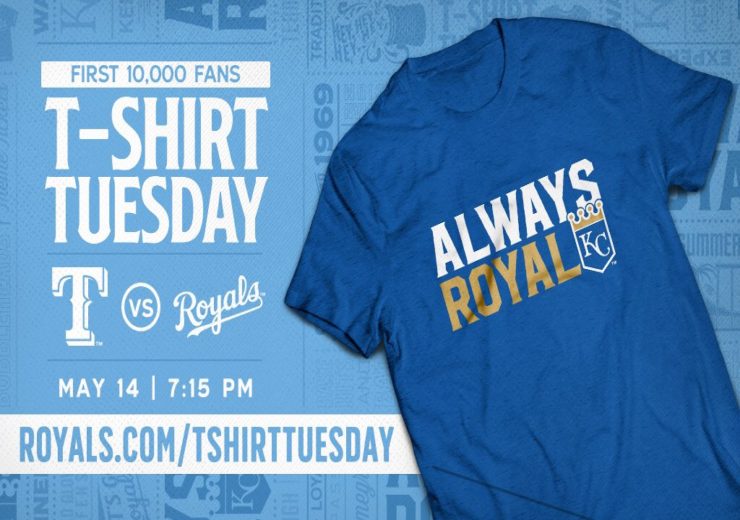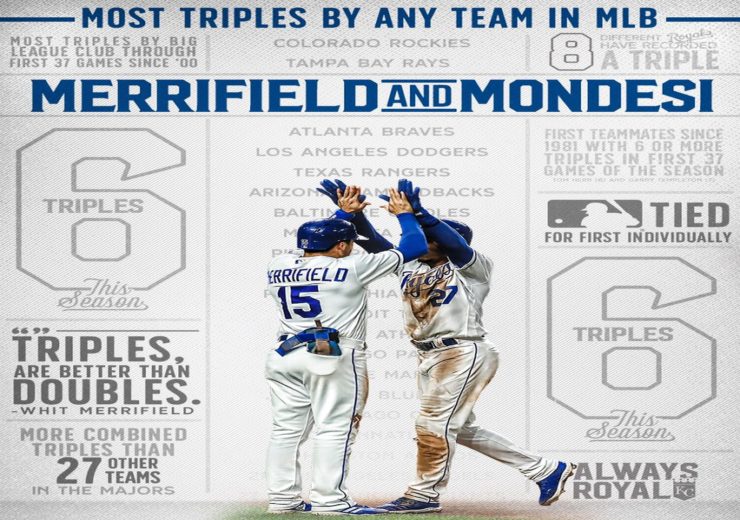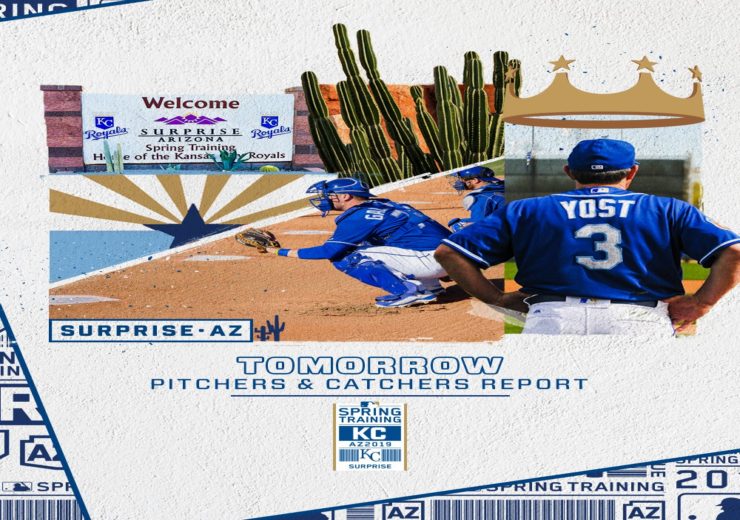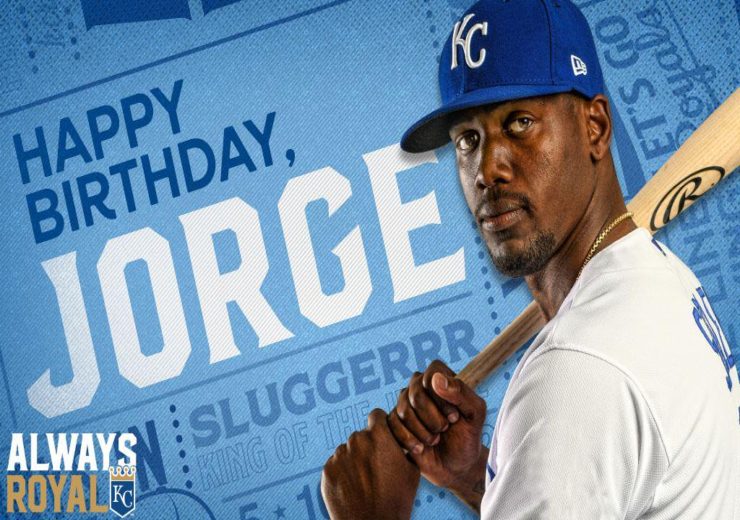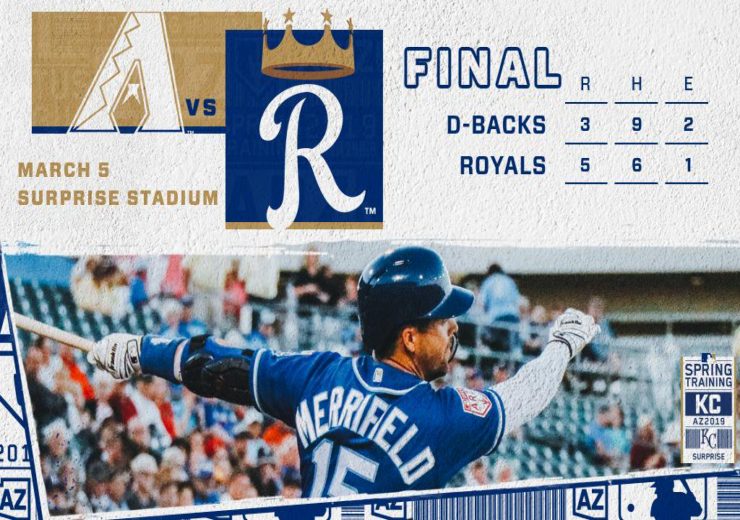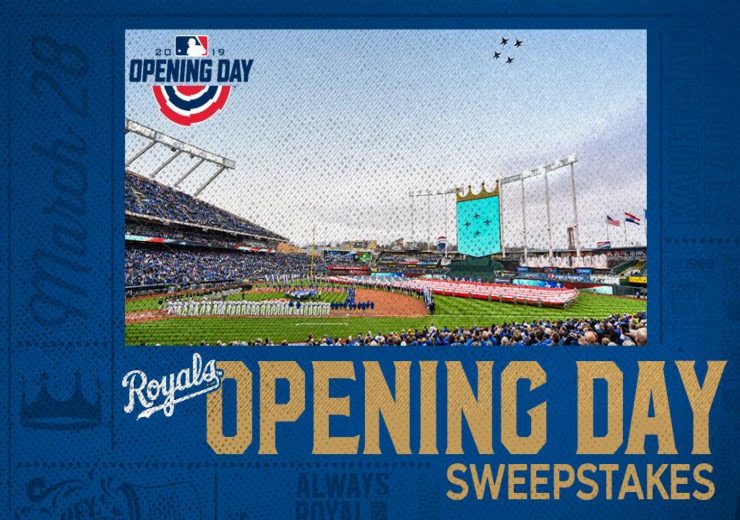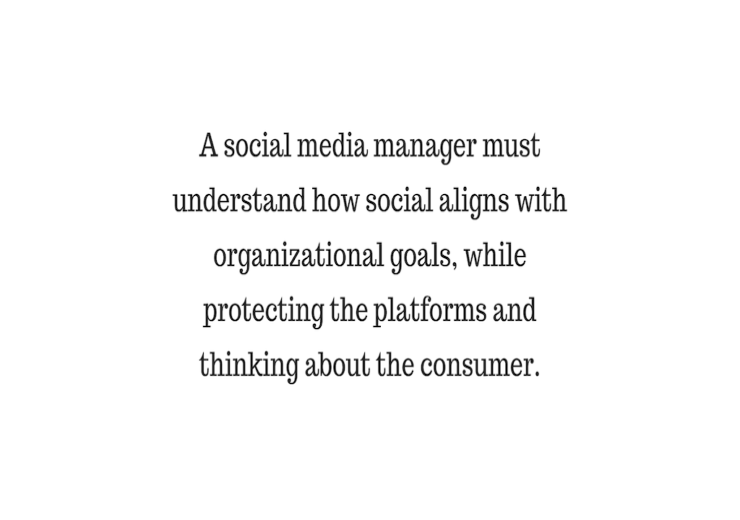The WNBA has its first beauty partner in Glossier, launching a new chapter of their Body Hero campaign centered on a celebration of bodies and individuality.
Glossier introduced Body Hero in 2017 with two products and a large-scale OOH campaign in NYC and LA. The campaign’s goal was to inspire and spur conversation “around beauty, self-care and individuality.”
Three years later, the Body Hero campaign is in its next evolution by introducing two new products and a new exploration of what Body Hero means: Exploring what our bodies do for us and what we do for them. Through this campaign, they’re celebrating Body Heroes’ stories ranging from a nurse to an artist to a student.
As part of this next chapter in the campaign, Glossier partnered with the WNBA and eight of its stars to use their voices to deliver a message that “all bodies are beautiful and each body is a hero.”
Throughout the campaign, WNBA and Glossier fans will see WNBA players’ daily routines, self-love reflections, and an embracement of their beauty. The content will live across social and Glossier’s editorial arm, Into The Gloss.
This is an excellent example of a partnership well done.
Digital partnerships are a significant focus for teams and leagues as an opportunity to drive revenue. Too often, though, partnerships lack synergy. The WNBA x Glossier collaboration is an example of a partnership that’s firing on all cylinders. Here’s why:
There’s natural brand alignment.
Some of the strongest brand partnerships are those where there is synergy between both brands. It’s not always easy to do, but going beyond a logo helps build a memorable campaign that drives messaging and value for all parties involved.
The WNBA and Glossier may seem like an unexpected partnership at first, but it’s easy to see how this partnership is a natural fit when you dig a little deeper. Both brands have a key focus on championing equality and challenging the status quo. While the vehicles may be different (sport and beauty), the two brands share similar values. There’s synergy in what they want to communicate to their audiences, and that’s key.
The concept lends itself to content.
The Body Hero campaign is about more than a product and two brands joining forces. It’s about body care, using your voice and changing how people view themselves and beauty. These are all thematics that emotionally connect and resonate with both Glossier and the WNBA’s audiences. The videos, quotes and content coming out of the campaign are content the brands would share naturally — and that’s the beauty in it.
The best partnerships help elevate what brands would already be doing. If content feels forced, phony and inauthentic it’s going to fall flat. Body Hero is an excellent example of a campaign that not only offers synergy but a platform to tell good stories. Win and win.
Both brands have something to offer.
This partnership is a two-way street where both brands offer something to each other. Glossier benefits from the stories and voices that the WNBA players provide. There’s a natural connection to Body Hero for the athletes involved and the authenticity is key. Working with athletes like Sue Bird, Lexie Brown and Gabby Williams helps to humanize the campaign, pull people in and create a powerful message and platform for Glossier. It also probably pulls in new people to the brand.
For the WNBA, my guess is one of the key benefits is the audience that Glossier offers. As a digital-first, DTC brand Glossier has built a cult following of brand evangelist — and it feels safe to assume that their core audience is a key demographic the WNBA is targeting. The partnership not only aligns nicely with the WNBA’s values, but it helps them reach a new audience that’s a key demo in a fresh, elevated and authentic way.
Creating strong, authentic and unexpected partner platforms that generate buzz is not an easy thing to do. This partnership between the WNBA x Glossier is a great example of a partnership well done. It benefits both brands and their audiences, and I’m not sure there’s much more you could ask for.

